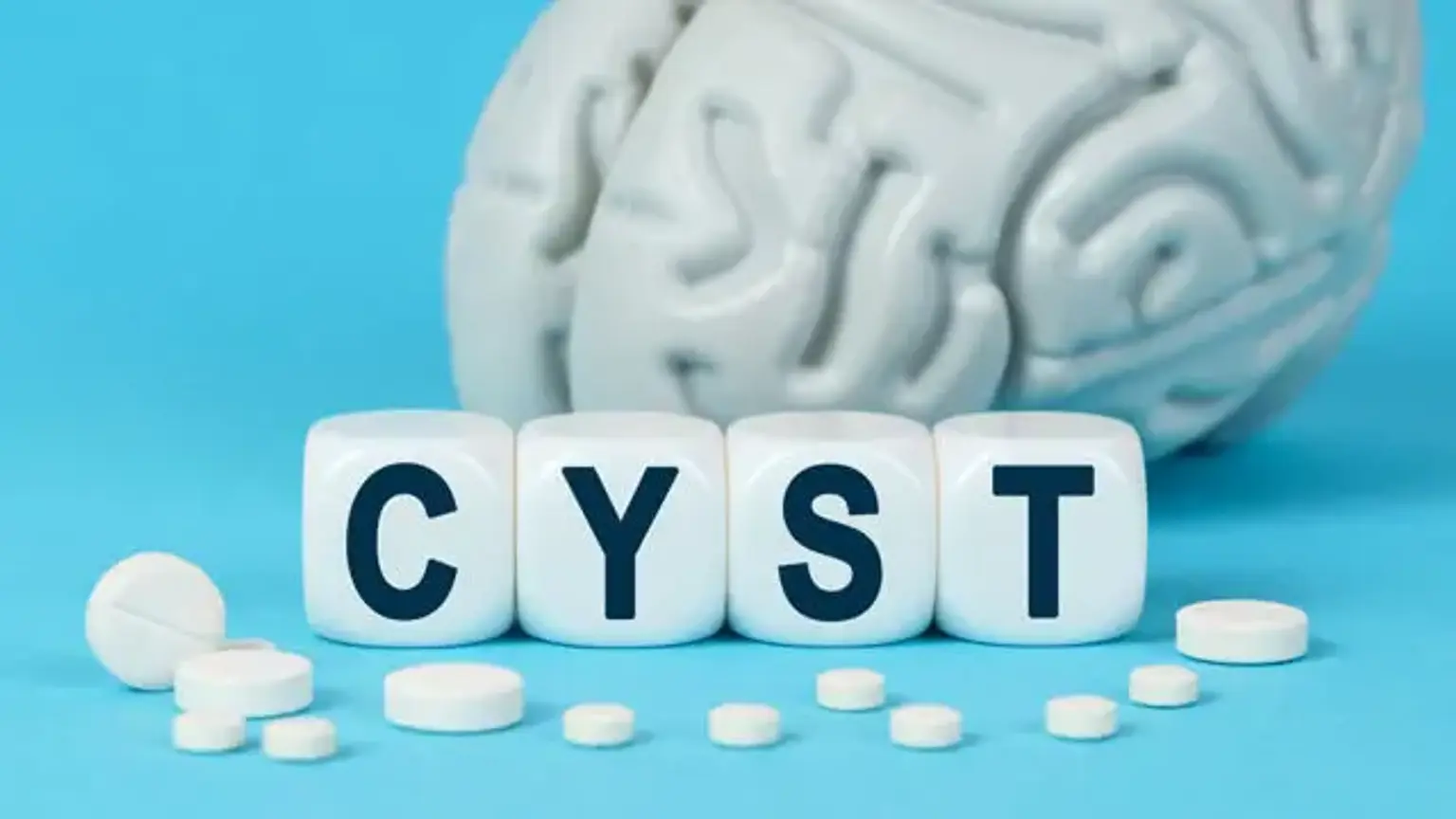Arachnoid cyst
Overview
On cross-sectional neuroimaging of the brain, arachnoid cysts are a common accidental discovery. They can be symptomatic and require therapy if they are present in the right place and are large enough. They can also cause symptoms when they arise in the spine. Due to mass effect or rupture, both spinal and intracranial arachnoid cysts develop.
